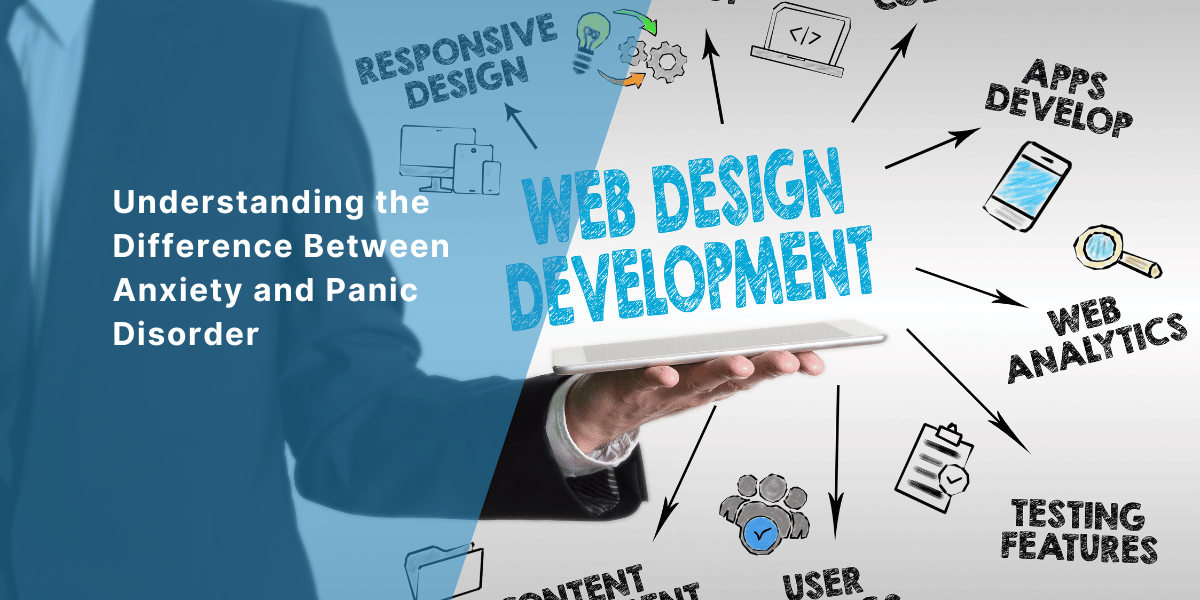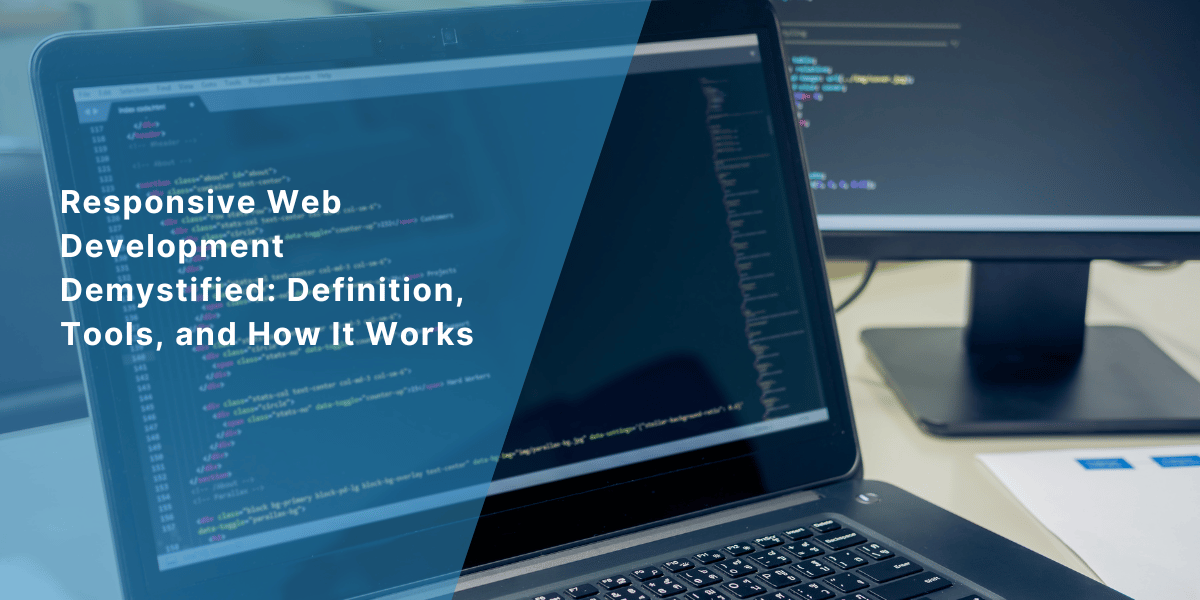Why Webflow Is Gaining Popularity Among Designers & Developers

Strong 8k brings an ultra-HD IPTV experience to your living room and your pocket.
Picture this: you’re a designer sketching out a sleek website in your mind—clean lines, smooth animations, a layout that just works. Now, imagine turning that vision into reality without wrestling with endless lines of code or hiring a top-rated web design and development firm in USA to bring it to life. That’s the promise of Webflow, and that is why designers and developers are switching to Webflow. It is a very effective tool to bridge the gap between creativity and functionality.
Let’s dive into why it’s gaining traction, how it’s changing the game, and what makes it so irresistible.
Webflow Design Services: A New Way to Build Websites
Webflow isn’t just another visual design tool, it is revolutionizing how websites come to life. Launched in 2013, it is a platform that lets you design, build, and launch responsive website frontends while it handles the code behind the scenes. Think of it as a canvas where designers can paint freely and developers can tweak without starting from scratch.
Webflow feels like a breath of fresh air, a tool that respects both the artist and the engineer. It is perfect combination of evolving tech, shifting creative needs, and a workforce hungry for efficiency. Here’s what’s fueling its rise.
Creative Control Without Code
Designers live for control. For them every pixel, every transition, every detail matters. Traditional workflows meant handing off mockups to developers, only to watch the vision get lost in translation. You cannot even imagine the frustration designers feel seeing a button shift or a font swap because “that’s how the code works.”
Well, Webflow flips that script. You design in a visual editor that mirrors tools like Figma or Sketch, but the output is live, production-ready code. It’s like sketching with a magic pencil that builds the house as you draw.
Want a hover effect? Drag, tweak, done.
Need a custom grid? Build it on the fly.
Designers aren’t just mocking up, they are also making it. This freedom is a game-changer, and that empowerment is addictive.
Speeding Up the Process
Time can stunt creativity with looming deadlines and hovering clients. Webflow slashes the back-and-forth between UI UX designers and web developers. What used to take days of iterations, designing, coding, and revising can now happen in hours. You will be surprised at how fast a landing page can go from idea to live site.
It’s not just about speed; it’s about keeping the creative flow alive. You’re not stalled waiting for a developer to free up; instead, you drive the project.
Responsive Design Made Simple
Mobile-first isn’t a trend; it’s a mandate. But crafting a site that looks great on every screen and platform means endless testing and tweaking. Not with Webflow. Its responsive visual design tools are a dream, allowing Webflow designers to make adjustments cascade across breakpoints with a few clicks. It is intuitive, not infuriating, and that’s a win for any designer juggling multiple devices.
A Bridge to Development
Here’s the cherry on the cake. Webflow doesn’t just serve designers. It also teaches them to think like developers. You’re not coding by hand, but you’re setting up layouts, styling with CSS-like controls, and adding interactions that feel very developer-like. It is a modern web design masterclass in disguise, blurring the line between design and code.
Why Developers Are Jumping On Board
Developers aren’t just along for the ride; they are steering the ship. Here’s why they’re ditching old workflows for this no-code web design software.
Clean, Usable Code
Developers hate messy code—it’s like inheriting a kitchen mid-recipe with no labels. Webflow churns out clean, semantic HTML, CSS, and JavaScript that’s actually usable. If you need to tweak the code, export it and dive in. Need to hand it off? It is easy too. That reliability builds trust, and trust turns curiosity into adoption.
Flexibility for Custom Work
Webflow isn’t a walled garden. Developers can inject custom code for scripts, embeds, or integrations wherever the visual editor falls short. It proficiently balances no-code ease with pro-level control. Want to hook up an API or add a niche feature? You’re not locked out. Webflow is redefining the future of web design. It is a sandbox that invites play for beginners and coders who want to experiment without starting from zero.
Collaboration Made Smoother
Teams thrive on alignment, and Webflow excels in that. Designers can build a prototype or even a complete site, then developers can step in to refine, all within the same platform. Webflow design services is a shared language that helps cut missteps and speed up launches. For developers who are used to decoding designer intent, that’s a lifeline.
Less Grunt Work, More Innovation
Coding a site from scratch is a slog. You have to set up the boilerplate, repeat styling, debugging and testing. Webflow handles the grunt work, freeing developers to focus on the fun stuff like custom features, optimizations, or integrations. It is less about maintenance and more about creation.
The Bigger Picture: Why It’s Clicking Now
Webflow’s rise isn’t random; it has been riding waves of change for some time now. The no-code/low-code movement is booming, empowering non-techies while streamlining professional workflows. Designers and developers are converging, with hybrid roles popping up everywhere.
Then there’s the tech itself. Webflow is cloud-based with real-time editing, and a CMS that rivals WordPress without the plugin chaos. This makes it more of a web design strategy built for today that readily meets the modern demands of speed, flexibility, and scalability.
Final Thoughts
Webflow is gaining popularity because it helps bridge the gap between designers and developers. For designers, it’s freedom and speed, while for developers, it’s efficiency and control. That is why this no-code web design software is winning hearts. It’s not just about building websites—it’s about empowering people to create, and that is a web design trend worth rooting for.
Note: IndiBlogHub features both user-submitted and editorial content. We do not verify third-party contributions. Read our Disclaimer and Privacy Policyfor details.







